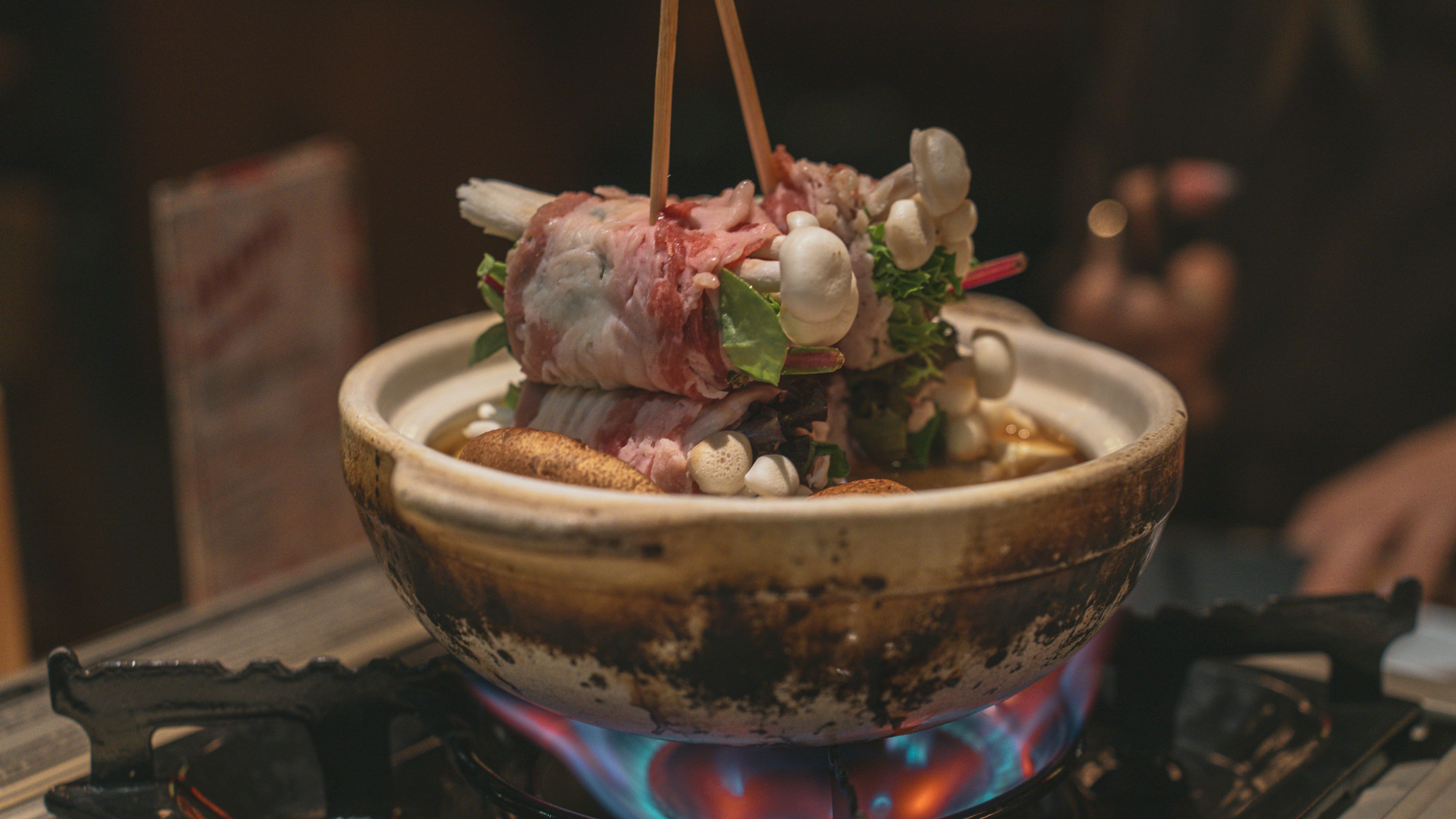Top Japanese Winter Foods and How to Incorporate Them into Your Lessons

Top Japanese Winter Foods and How to Incorporate Them into Your Lessons
Explore the rich culinary traditions of Japan's winter season! From steaming bowls of nabe to sweet roasted yams, this guide introduces iconic Japanese winter dishes and offers creative ways to use them in English lessons. Warm your students’ hearts and minds by bringing cultural flavors to the classroom.
Introduction: Why Food Is a Powerful Teaching Tool
Food is a universal language that transcends cultural boundaries, making it an excellent tool for teaching English. Incorporating discussions about Japanese cuisine into lessons not only builds vocabulary but also creates a comfortable, engaging environment for students. Winter foods, in particular, carry rich cultural significance in Japan, offering educators a unique way to connect with students during the colder months.
1. Nabe (Hot Pot)
What Is Nabe?
Nabe, meaning “pot” in Japanese, is a beloved winter dish where various ingredients such as vegetables, tofu, seafood, and meat are simmered together in a flavorful broth. Popular variations include yosenabe (a mix of seafood and meat), motsunabe (offal hot pot), and shabu-shabu, a style where thinly sliced meat is cooked in the broth at the table.
Nabe is often enjoyed communally, symbolizing togetherness. It’s a staple for family gatherings or cozy evenings with friends. In many regions, local specialties like Ishikari-nabe (Hokkaido salmon hot pot) reflect the unique flavors of the area.
How to Use in Lessons:
Vocabulary: Teach words related to cooking and ingredients (e.g., “broth,” “boil,” “slice,” “stir”).
Cultural Exchange: Ask students to describe their favorite nabe variations or share stories of family traditions.
Role Play: Create a mock restaurant scenario where students order ingredients for their nabe.
2. Oden
What Is Oden?
Oden is a simmered dish consisting of items like fish cakes, boiled eggs, konnyaku (a jelly-like food), and daikon radish, all stewed in a light, soy-based broth. It’s often sold in convenience stores during winter, making it a nostalgic comfort food for many Japanese people.
Oden has deep roots in Japanese history, dating back to the Edo period. It’s a dish that evokes simplicity and warmth, often enjoyed as a quick snack or a casual meal.
How to Use in Lessons:
Seasonal Dialogues: Teach students how to talk about winter foods they enjoy, incorporating expressions like “It warms me up.”
History Lessons: Discuss the origins of oden and its evolution, tying it to Japan’s Edo period and urbanization.
Cooking Instructions: Create an activity where students describe how to make oden using sequencing words like “first,” “then,” and “finally.”
3. Yaki Imo (Roasted Sweet Potatoes)
What Is Yaki Imo?
A quintessential winter snack, yaki imo is made by slow-roasting Japanese sweet potatoes over hot stones or coals. The result is a caramelized, sweet, and satisfying treat often sold from street carts with a nostalgic call of "Yaki imo!"
Yaki imo is deeply nostalgic for many Japanese people, often associated with childhood winters. The rich, sweet flavor is perfect for cold days, making it a seasonal favorite across all generations.
How to Use in Lessons:
Pronunciation Practice: Use the vendor’s call of "Yaki imo!" as a fun exercise in pitch and intonation.
Comparative Lessons: Discuss differences between Japanese and Western winter snacks, helping students build descriptive vocabulary.
Memory Sharing: Ask students to describe their favorite winter memories involving food.
4. Zenzai (Sweet Red Bean Soup)
What Is Zenzai?
Zenzai is a sweet dessert soup made with azuki beans and served with chewy mochi. It’s often enjoyed during winter festivals or as a cozy treat at home. Zenzai is more than a dessert—it’s a dish tied to traditional celebrations like Oshogatsu (New Year’s). The warm, sweet flavors are comforting and symbolic of good fortune for the year ahead.
How to Use in Lessons:
Festivals: Introduce New Year’s customs in Japan and discuss foods like zenzai that play a central role.
Descriptive Writing: Ask students to describe the texture and flavor of zenzai, focusing on sensory language.
Cooking Comparisons: Compare the preparation of zenzai with similar desserts from other cultures, like Chinese tangyuan.
5. Nikujaga (Meat and Potato Stew)
What Is Nikujaga?
Nikujaga is a simple, home-cooked dish made with thinly sliced beef, potatoes, onions, and a soy-based sauce. It’s a comforting staple of Japanese winter cuisine, often likened to a warm hug in a bowl. It is seen more as “mom’s cooking” in Japan, symbolizing love and care. It’s a dish that many Japanese people associate with their childhood and family meals.
How to Use in Lessons:
Family Traditions: Ask students to share recipes passed down in their families or their own interpretations of nikujaga.
Grammar Practice: Use the recipe to teach sequencing and imperatives, such as “Cut the onions” or “Simmer for 15 minutes.”
Cultural Reflection: Discuss the concept of “comfort food” and its equivalents in other cultures.
Why Food-Based Lessons Work
Teaching English through food is an excellent way to engage students, especially when the subject matter resonates deeply with their culture. Food-related lessons build vocabulary, improve communication skills, and encourage cultural exchange. For Japanese learners, discussing winter dishes adds a seasonal element, making classes more relevant and enjoyable. Loka, the flexible online teaching platform, allows educators to create customized lessons tailored to students’ interests. With tools to incorporate videos, images, and interactive exercises, you can craft engaging, food-focused classes that capture your students’ attention.
All in all, Japanese winter foods like nabe, oden, and yaki imo are more than just meals—they’re a gateway to understanding Japan’s culture and traditions. By incorporating these dishes into your lessons, you can create engaging, culturally rich experiences that inspire your students to learn more. Whether you’re teaching in-person or online, these ideas will help you warm up your classes this winter.